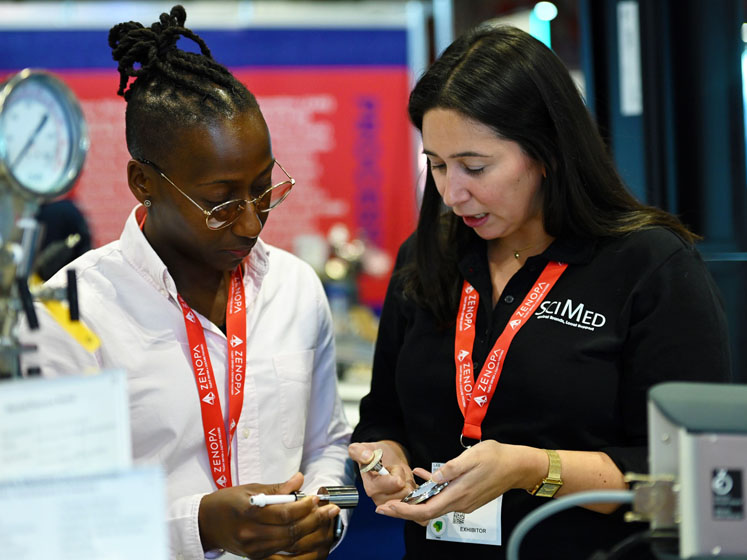Here, Paul Vanden Branden, Director at SciMed, an exhibitor at Lab Innovations 2023 and member of the show’s advisory board, discusses ways that laboratories can update experimental methods and solvent selection to be more sustainable without harming results.
Climate change is arguably the most pressing issue of our time, with many scientists warning that damage to the planet will become irreversible if significant progress is not made towards making society more sustainable.
The UK Government has committed to achieve net-zero carbon emissions by 2050, but this is unlikely to happen unless there are substantial changes throughout many industrial sectors, including the lab industry.
University College London’s sustainability report for 2021 reported that roughly half of the university’s emissions came from its laboratories. The findings of this report, and others like it, indicate that laboratories must do more.
Ultimately, this means that the lab industry will significantly impact the likelihood of meeting the 2050 net-zero goal.
Therefore, laboratories must address problems such energy consumption as well as chemical and solvent selection.
Switching to green solvents
Organic solvents such as hexane are commonly used in various chemical processes, such as separations and extractions, but are quite environmentally harmful. Therefore, a key goal for the lab industry is to reduce their use in favour of green alternatives.
Hexane is widely used to extract oil contaminants from water and soil for analysis and to extract edible oils from seeds and vegetables. It’s an incredibly efficient solvent and one that has been difficult to replace with a more ecological alternative … until now.
Supercritical carbon dioxide (CO2) systems have been shown to achieve comparable results without using such a harmful chemical.
For example, supercritical liquid CO2 is non-flammable, non-toxic, not environmentally harmful, easy to prepare and does not contribute to global warming (because any process CO2 is recycled back into the system).
Supercritical fluid extraction (SFE) is an area of growing interest and CO2 is the most common supercritical fluid used in SFE procedures as a replacement for hexane.

SFE is done by pumping supercritical CO2 through a fixed bed of substrate whereby the CO2 flows through the substrate and dissolves soluble components until they are depleted.
The loaded solvent is then passed through a separator wherein the soluble components are precipitated by adjusting the temperature and pressure before the CO2 is condensed and recirculated.
By controlling the density of supercritical CO2 fluids, operators can replicate the performance of various organic solvents with polarities that range from n-pentane (at the lowest density) to pyridine (at the highest). This feature allows selective extraction, purification and fractionation procedures to be done.
This is just one of many examples of ways that the lab industry can improve chemical and solvent selection in experimentation to improve sustainability without negatively impacting results.
At this year’s Lab Innovations, visitors will be able to see many of these methods first hand and speak to the industry’s leading experts about how they can improve sustainability in their labs.
The Sustainable Laboratory will return to Lab Innovations in 2023, hosted by Andy Evans, Director of Green Light Laboratories, and offer insight into ways labs can become more sustainable and share some data-driven case studies.
Furthermore, the show will once again host the sustainability trail, which was new to Lab Innovations in 2022, to give visitors a guided tour of some of the key exhibitors making a positive impact on lab sustainability.
